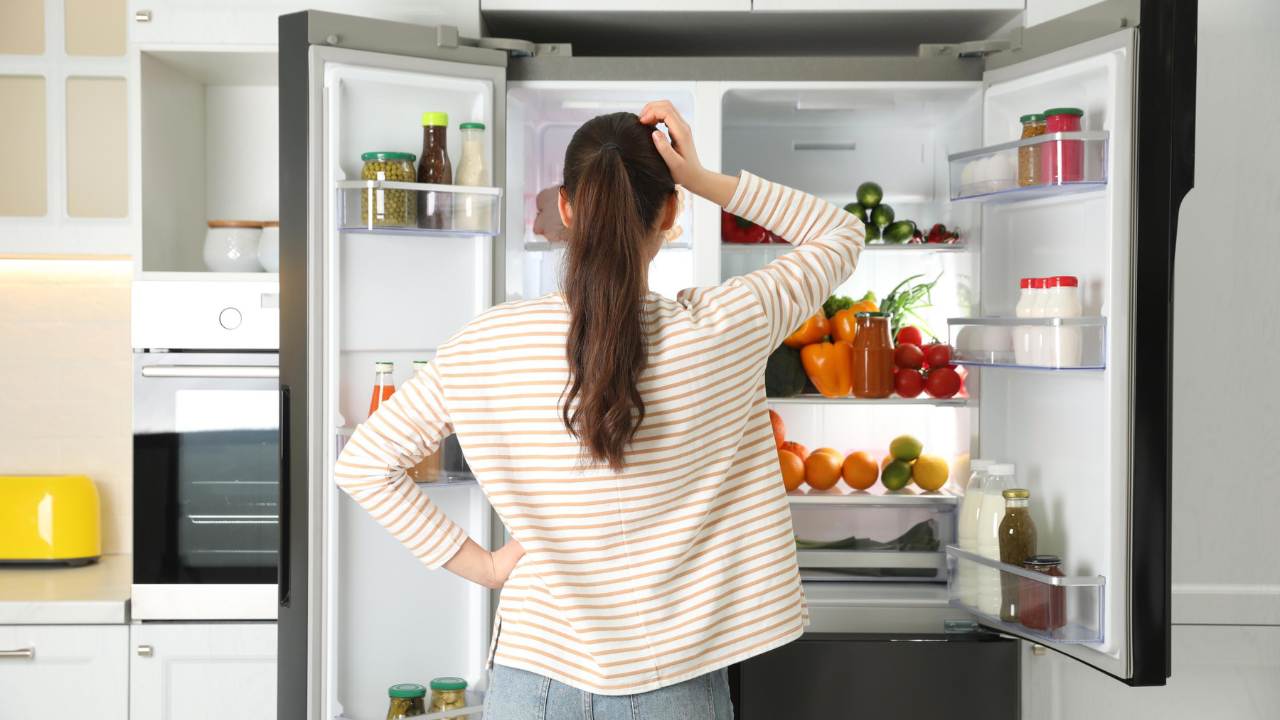Why is My Refrigerator Not Cooling? Causes & Quick Fixes
A refrigerator that fails to keep food cold is more than just inconvenient—it can lead to food spoilage, wasted money, and even health risks. Several factors can cause this issue, ranging from simple user errors to major mechanical failures. Understanding the common reasons and how to troubleshoot them can save you time and prevent costly repairs.
Here’s how Appliance Repair Dubai helps you identify the issue and restore your fridge’s cooling before it becomes a costly problem.
Common Reasons Your Refrigerator Isn’t Cooling Properly
1. Incorrect Temperature Settings
At times, the issue can be as straightforward as incorrect temperature settings. If the fridge temperature dial is set too high (warmer), the unit will not cool effectively.
- Check the Settings: Ensure the refrigerator temperature is set between 35°F and 38°F (1.5°C to 3.5°C), while the freezer should be at 0°F (-18°C).
- Stabilization Period: After installing the refrigerator or changing its settings, give it up to 24 hours for the temperature to settle.
- Avoid Frequent Changes: Constantly adjusting the dial can confuse the system, leading to uneven cooling.
2. Blocked Air Vents Restricting Airflow
Cold air must circulate freely between the freezer and refrigerator compartments to maintain a consistent temperature. Blocked vents can prevent this airflow.
- Look for Obstructions: Food containers, bags, or ice buildup can cover the vents. Rearrange items to keep these vents clear.
- Avoid Overloading: An overpacked refrigerator can restrict air movement, making it harder to maintain uniform cooling.
- Check for Frost Buildup: If ice is clogging the vents, defrost the fridge and freezer to restore proper circulation.
3. Dirty or Dusty Condenser Coils
Condenser coils are responsible for releasing heat as refrigerant cycles through the system. When they become dirty or covered in dust, the cooling efficiency drops significantly.
- Inspect the Coils: These are usually located at the back or underneath the refrigerator.
- Clean Regularly: Use a vacuum cleaner with a brush attachment or a coil cleaning brush every six months.
- Signs of Dirty Coils: If the fridge feels warm to the touch on the outside or runs constantly without cooling properly, dirty coils may be the culprit.
4. Damaged or Worn Door Seals (Gaskets)
A damaged door gasket can allow warm, humid air to enter the refrigerator, forcing it to work harder and reducing its cooling ability.
- Check for Gaps: Close the fridge door on a piece of paper—if it slips out easily, the seal may be loose or damaged.
- Look for Cracks or Tears: Visual damage on the gasket compromises its performance.
- Replace if Necessary: Door seals are relatively inexpensive and can often be replaced without professional help.
5. Faulty Internal Components
When the basic checks don’t fix the problem, the issue may lie in the internal components of your refrigerator.
Evaporator Fan Malfunction
- Function of the Fan: It circulates cold air from the freezer into the refrigerator compartment.
- Symptoms: A faulty fan often causes uneven cooling or no cooling in the fridge even if the freezer seems fine.
- What to Do: If the fan isn’t spinning or makes unusual noises, it may need to be replaced.
Compressor Issues
- Importance of the Compressor: It pumps refrigerant throughout the cooling system.
- Warning Signs: Clicking sounds, frequent cycling, or no humming noise at all may indicate compressor failure.
- Solution: A faulty compressor generally requires professional diagnosis and replacement.
Thermostat Problems
- Function: The thermostat controls when the compressor and fan turn on.
- Failure Signs: If the thermostat is defective, the fridge may not cool at all or may run continuously.
- Testing: A technician can test and replace the thermostat if needed.
Damper Control Malfunction
- What It Does: The damper regulates airflow from the freezer to the fridge.
- Stuck Damper: If the damper is closed or stuck, cold air won’t reach the fridge section.
- Fix: Replacement is often required, which may need professional service.
How to Troubleshoot Your Refrigerator Not Cooling? Step-by-Step
- Start with Basics: Confirm the temperature settings are correct and allow 12–24 hours for any changes to stabilize before assuming there’s a problem.
- Check Airflow: Ensure vents aren’t blocked by food items, ice buildup, or overcrowding, as restricted airflow prevents proper cooling.
- Clean Condenser Coils: Dust and dirt on the coils reduce efficiency—vacuum or brush them regularly to help your refrigerator cool more effectively.
- Inspect Door Gaskets: Examine seals for gaps, cracks, or wear; replace damaged gaskets to keep warm air out and maintain consistent cooling.
- Listen for Unusual Sounds: A noisy or silent evaporator fan, compressor clicks, or rattling noises may indicate internal issues that need attention.
- Evaluate Performance After Fixes: After completing these steps, monitor the temperature; if the fridge still won’t cool, call a qualified technician for diagnosis and repair.
When to Call a Professional If My Refrigerator Is Not Cooling Properly
If you’ve checked the settings, cleared vents, cleaned coils, and inspected door seals but your fridge still isn’t cooling, it’s likely a mechanical issue with the compressor, thermostat, fan motor, or damper control. These components require expert testing and replacement.
Appliance Repair Dubai professional technicians have the tools to diagnose the exact cause quickly and prevent unnecessary part replacements. Timely service also prevents complete system failure, which can be much costlier to repair.
Final Takeaway
A refrigerator not cooling properly can stem from something as simple as a blocked vent or as complex as a failing compressor. Begin troubleshooting by verifying temperature settings, cleaning condenser coils, ensuring proper airflow, and checking door gaskets.
If these simple steps don’t solve the problem, it’s best to seek professional repair to avoid further damage and food spoilage. Consistent maintenance—like coil cleaning and seal checks—can keep your fridge running efficiently and extend its lifespan.




![How to Get Rid of a Refrigerator [ +13 Option]](https://appliancerepairdubai.ae/wp-content/uploads/2025/06/How-to-Get-Rid-of-a-Refrigerator-13-Option-768x431.webp)